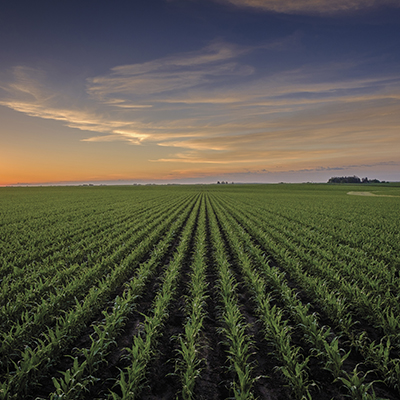Dicamba’s Report Card Shows Significant Improvement Over Previous Years
Things are looking up for dicamba – at least as far as ag retailers are concerned. This is the finding from the latest bits of information gleamed from the most recent CropLife 100 surveys of the nation’s top ag retailers.
Of course, this wasn’t always the case. Back when dicamba-resistant crops began to be introduced during 2017, there were plenty of issues applying the herbicide. In fact, according to almost 3,000 growers across the country during that year, there was plenty of off-target drift taking place. To counter this problem, the application industry embarked upon an intensive program of dicamba application training for the 2018 growing season. And this continued for the 2019 season as well.
And it apparently made a difference. According to data from the 2019 CropLife 100 survey, 21% of respondents said applying dicamba during the 2019 growing season was “less difficult” for them than it had been during the 2018 season. Sixty-four percent indicated there was no significant difference with issues applying dicamba in either year. Only 15% said applying dicamba was “more difficult” from one year to the next.
So far, the verdict on dicamba application for 2020 seems to also be better. According the 2020 CropLife 100 Mid-Year Survey, an impressive 86% say working with dicamba has been “better than expected” during the year thus far. Only 14% of respondents said their experiences with these brands was “worse than expected” compared with 2019.
For dicamba, the fact that 2020 application is apparently going smoother than expected could represent an important plus. By the end of this year, EPA will have to decide whether or not to re-register dicamba for use during the 2021 growing season. The agency will undoubtedly use some of the feedback from ag retailers and their grower-customers from the 2020 growing season as a guide in this matter.






